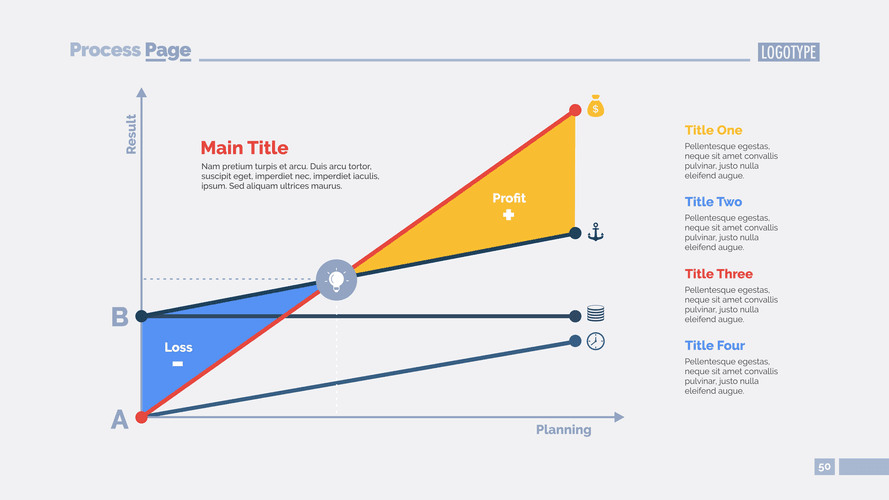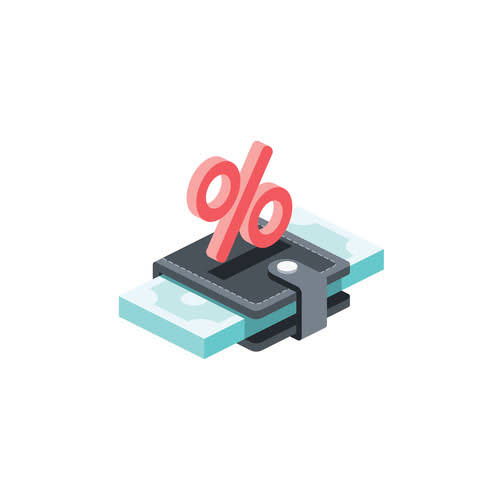ACH return codes: What they mean and how to minimize risk

However, if the money must transfer between distant or international banks, it can take a bit longer, but it is often viewed as one of the quickest ways to make a payment. Unlike the other ACH return codes listed, the return time frame for R05 is 60 banking days instead of two. This longer time frame gives the originator a chance to ask the receiver to allow the ACH transfer to occur or to provide them with a new bank account number to complete the transaction. ACH returns and ACH reversals share fundamental characteristics, as they serve as corrective measures for electronic financial transactions law firm chart of accounts initiated by financial institutions. The financial institution may offer a free checking account, but only if the business maintains a certain minimum balance.
NACHA Compliance and R10 Returns
- The end goal is to help your business avoid repeating failed ACH transactions, moreover prevent ACH returns from happening in the first place.
- One of the most effective methods to mitigate ACH risk is using AI-powered ACH risk platforms to better understand the risk of ACH returns.
- The majority of other return codes take about two banking days to resolve.
- She has been working in the writing sphere for the last five years, covering everything from breaking news to lifestyle features, and now digital payments.
- It costs money to process an ACH return, and that cost generally falls on the consumer.
- • The reversal entry has to be transmitted to the bank within five banking days after the settlement date of the erroneous file.
Businesses can set customized risk profiles based on their customers or industry. adjusting entries Using Plaid Signal can help reduce fraud and lower return risk by as much as 50%, allowing businesses to scale their ACH offering while managing risk. When that happens, the bank or credit union will automatically initiate a return and the payment will be reverted back to the sender. After a customer initiates an ACH transaction, they still have time to revoke authorization.
- Bank of America indicates that the paper check cost ranges between $4 and $20.
- The cost of international wire transfers can be higher than domestic wire transfers.
- Barbara is a financial writer for Tipalti and other successful B2B businesses, including SaaS and financial companies.
- The return notification should contains details about the transaction and why it was rejected.
- ACH transfers take up to 3 business days, but those banks that offer faster or instant ACH transfers, such as same-day ACH, will charge a premium for that service.
- Thanks to economies of scale, these costs can drop even further for businesses that regularly use ACH to handle a large number of payments.
Common causes of ACH returns

This could end up with your business taking on bad debt if you are late paying suppliers, for instance. An ACH return is the response message from the receiving bank that notifies you of an ACH payment failure. But the main result of a failed ACH transfer is an ACH return – the originator receives a notification of failure, and funds go back to the bank they came from (if any funds were transferred). Businesses with larger transaction volumes tend to pay less per transaction.

FAQs about ACH Returns:

Because ACH transactions do not process in real-time like a credit or debit card authorization, they can be returned or rejected after the transaction is assumed complete. Other return codes may involve the RDFI requesting a return, the client submitting a stop payment request, and other more complex scenarios. These codes are subject to evolve as ACH payments become more common. An ACH return charge occurs when the payment transaction fails to be completed. These failed transactions are referred to as “returns” because the money will return to the originator’s account, rather than transferring to ach return the recipient. The merchant will never see the money in their account when an ACH return occurs.
What causes ACH returns?

The fee allows payment processors to mitigate this risk by charging extra for the service. An ACH transfer is an electronic bank-to-bank money transfer that goes through the Automated Clearing House (ACH) network. Direct ACH transfers represent money going out of one bank account to another account to pay bills. An ACH fee is less expensive than credit card processing, as the fee does not go to major credit card companies. Businesses can work with reliable payment processors like EBizCharge for more seamless ACH transactions to mitigate and avoid ACH returns and ACH reversals altogether. ACH returns involve the RDFI identifying the issue and notifying the payment originator.
- You’ll typically pay a fee for each ACH return, meaning a careless approach to ACH payments can result in increased costs at scale.
- Open Banking ServicesInstant account verification, balance checks and fraud mitigation.
- During onboarding, you should ensure you understand who your customer is and what sort of payments they’re likely to make.
- When an ACH return occurs, a three-digit return code is generated to explain the issue.
- Customers use chargebacks to dispute what they believe are erroneous payments.
Credit fee
While ACH payments are a convenient payment method, sometimes a funds transfer fails to go through. ACH returns can happen for a few reasons (such as the client’s bank account contains insufficient funds to complete the transfer). The entire process is fairly quick and is usually completed within two banking days. As more and more electronic transfers happen, it’s wise to be aware of this system that can step in if details are incorrect or one party can’t or won’t hold up their end of the arrangement. ACH returns occur when an ACH payment cannot be completed for any reason, or when the payment initially settles but is rejected later. Common causes of ACH returns include insufficient funds, incorrect account information, fraud, errors, or if the account owner asks their bank to place a stop payment on the transfer.
